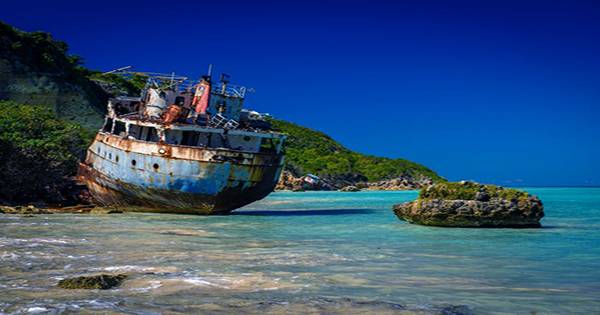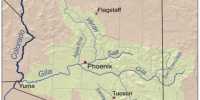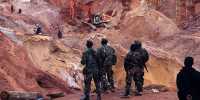The USS Johnston, the world’s deepest known shipwreck, has successfully relocated, surveyed and mapped in a recent search in the Pacific Ocean. The wreckage of the U.S. Navy destroyer can found about 6,500 meters (21,180 feet) in the Philippine Sea off the Coast of Samar Island.
The 115-meter (376-foot) ship met its fate during World War II during the Battle of the Gulf of Light on October 25, 1944, often referred to as the largest naval battle in human history, when American and Australian forces fought the combined empire of the Japanese Navy. The famous ship was not for decades until the wreckage found in 2019 in a remote-controlled vehicle launched from R / V Patrol, a research ship owned by the estate of Microsoft co-founder Paul Allen.

An announcement by Caladan Oceanic said a sunken crew has now completed a survey of the wreck. The expedition funded by Victor Vescovo, an underwater explorer and former U.S. Navy commander who personally lowered his immersive DSV limiting factor into the wreckage during a two-eight-hour dive.
This submersible was at the deepest point of the world’s five oceans in 2019 as part of the “Five Dips Expedition”. It recently returned to the Challenger Deep from the fourth dive, returning to the deepest point on Earth found at about 10,925 meters (35,843 feet) below the surface of the water in the Mariana Trench.
At a depth of 6,500 meters (21,180 feet), the latest initiative in the wreckage of the USS Johnston is the deepest shipwreck in history. For perspective, the wreckage of the RMS Titanic is located at a depth of about 12,500 feet (3,800 m). The location of the wreckage marked by the work of naval historian Historic Park Stephenson who used Japanese and U.S. accounts to dismantle the ship’s final moment. Parks commented in a statement, “Reading the accounts of Johnston’s last days is frustrating and the Navy’s highest traditions need to be preserved. It was a deadly battle against incredible adversity.”
“We saw the level of rubble and heavy damage during the intense fighting on the ground. It took fire from the largest warship ever built – the Imperial Japanese Navy warship Yamato and fought fiercely. All accounts pay tribute to the bravery of the crew and are completely reluctant to fight the enemy, and the ruins prove it, “Parks added. As well as being a record-breaker, Vescovo says the recent feat also has some historical value.
All of the gold data and high-quality images collected the expedition are not being disclosed to ensure that the ship continues unharmed, but it will be given to the U.S. Navy for analysis, which may release the information later if deemed appropriate. “We have a strict ‘look, don’t touch’ policy but we collect a lot of material which is very useful for historians and naval archaeologists. I believe this is important work, that is why I personally fund it and we donate this material to the Navy’s pro-bono. Deliver,” Vescovo explained.














